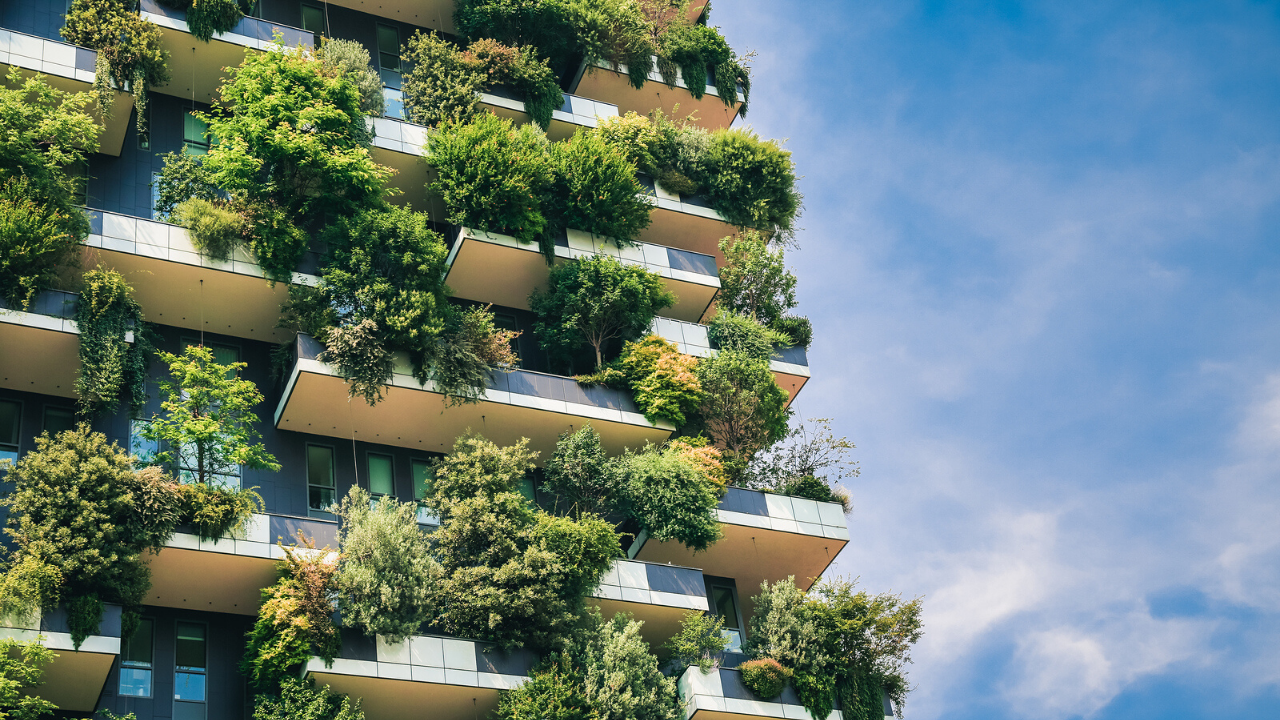The best workplace environment focuses on three key areas, including the psychological benefits and wellbeing of workers, technology integration that enhances workflow and sustainability of the initial build according to Nicola Gillen, head of total workplace, Europe, Middle East and Africa at Cushman & Wakefield.
Achieving sustainable workplace design goes beyond extreme artificial intelligence and obnoxious architecture. Instead, companies must reevaluate how their culture impacts employees
“Architecture through the late-1900s became sealed glass boxes ironically with poor quality of daylight and a corresponding lack of personal control,” said Gary Clark, architect and chair of the Royal Institute of British Architects (RIBA).
Clark said that one of the most important changes is understanding just how significant the impact natural light has on the physical and mental health of occupants.
For example, The White Collar Factory in London offers flexible workspaces, an adaptable common space, a running track on the roof and a flood of natural light.
Sustainable design also includes recycling materials used in construction, such as how engineers have discovered how to use abandoned fishing nets to create an entire flooring system. The point is designing a space that can be disassembled, and used repeatedly.
Moreso, today’s workforce wants to work for an organization that values sustainability. If companies avoid implementing the necessary changes, they risk losing out on top talent.


 Dr. Gleb Tsipursky – The Office Whisperer
Dr. Gleb Tsipursky – The Office Whisperer Nirit Cohen – WorkFutures
Nirit Cohen – WorkFutures Angela Howard – Culture Expert
Angela Howard – Culture Expert Drew Jones – Design & Innovation
Drew Jones – Design & Innovation Jonathan Price – CRE & Flex Expert
Jonathan Price – CRE & Flex Expert










